Canada and India have seen a recent increase in tensions, but why are they angry and what does it have to do with Sikhism?
They say all roads lead to Rome, but in geopolitics they lead to London. When the British left India it had three major religions; Islam, Hinduism and Sikhism. The Hindus and Muslims got their own independent nations, The Islamic Republic of Pakistan
and The Republic of India respectively. But the Sikh population, concentrated in the Punjab region, was divided between these two nations. This would mean the Sikhs not only lacked any self determination, but were divided between two countries which nearly instantly became enemies.
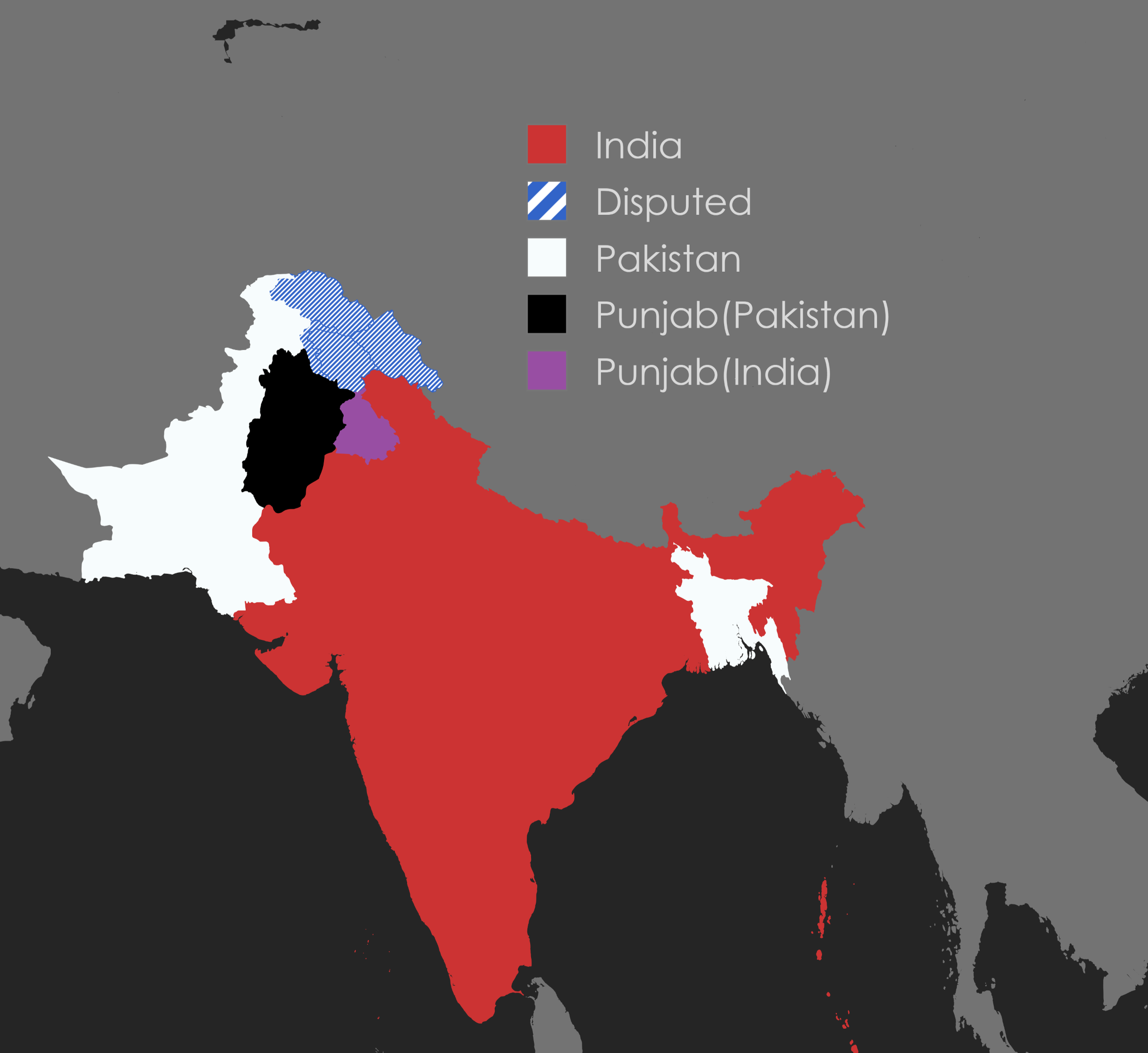
Due to this, there has been a significant movement for an independent Sikh state, with most of the movement calling for the Indian state of Punjab to gain independence but the Pakistani state to come later. This movement is known as the Khalistan movement, Khalistan meaning land of the Sikhs. Modis government has cracked down on this separatist movement very harshly, including arresting activists, banning organisations, increased surveillance and launching propaganda campaigns.
Canada has a large Sikh community of nearly 800,000 which is the second largest in the world after India. The Sikhs have a large amount of political popularity, with the head of the third largest party, the NDP, being a Sikh named Jagmeet Singh, the party currently supports the largest party, the Liberals, so that they can have a majority in parliament.
Due to this and Canada being a generally freer country, there is a large Khalistan movement in Canada. A leader of this movement is Hardeep Singh Nijjar who is deemed a terrorist by India and resided in Canada. Nijjar was to his supporters a peaceful human rights activist and religious leader but to his opponents a vicious terrorist who was involved in terror training camps. In June of 2023, he was assassinated on Canadian soil by gunshot inside a Sikh temple. Canada immediately launched an investigation into any Indian government involvement, which India denied, and both sides expelled each others diplomats. This May, three Indian nationals were arrested as suspects of murder but investigations to Indian government involvement are ongoing. Then this month, October, Canada expelled more Indian diplomats as Persona Non Grata and claimed they had direct involvement in intelligence gathering for the assassination and that Canada had delivered considerable evidence of Indian government involvement to India, which too was denied. This has caused the latest spark in tensions between the countries which many in Canada and even India criticizing Trudeau for politicising the situation, he made startling claims that MPs of the Canadian conservative opposition had been compromised and were influenced by foreign governments like India, China and Russia, but he refuses to release a list of names and wants the conservative leader to view the information. However the leader has refused on the basis that he would not be able to make it public if he agreed to view it.


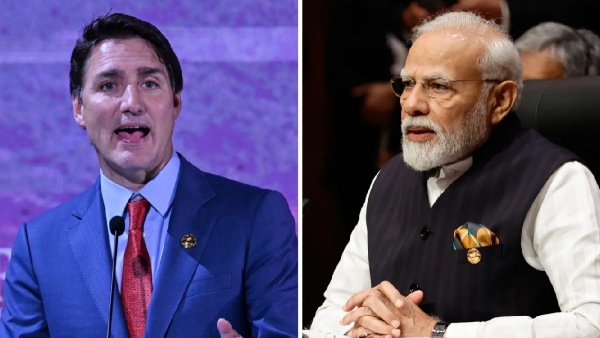

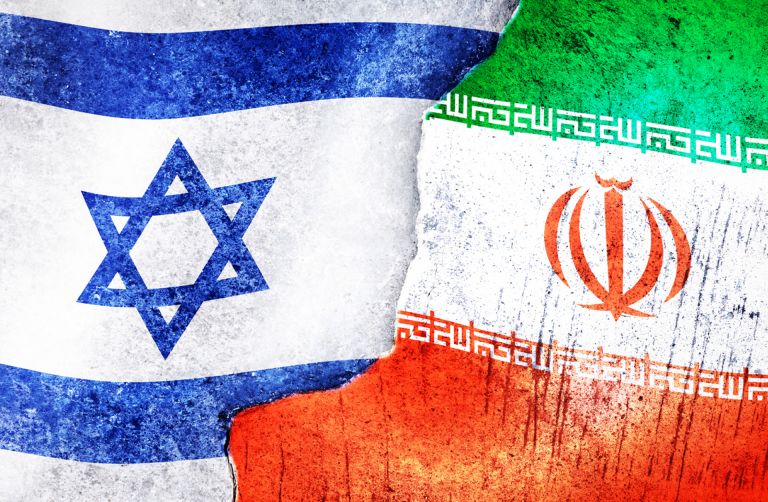


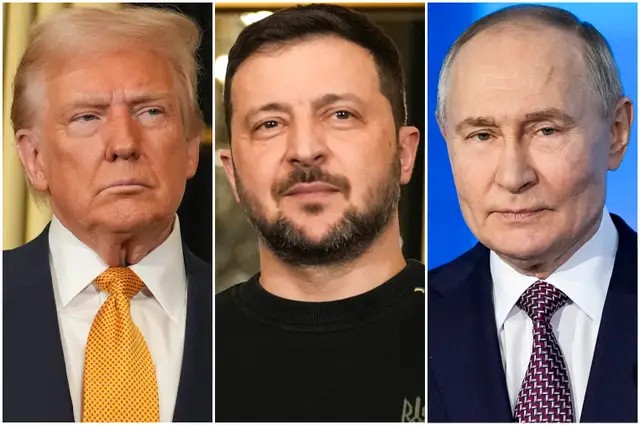
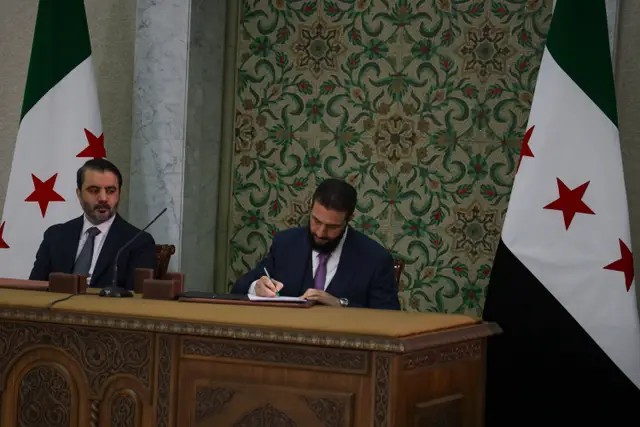
Leave a Reply